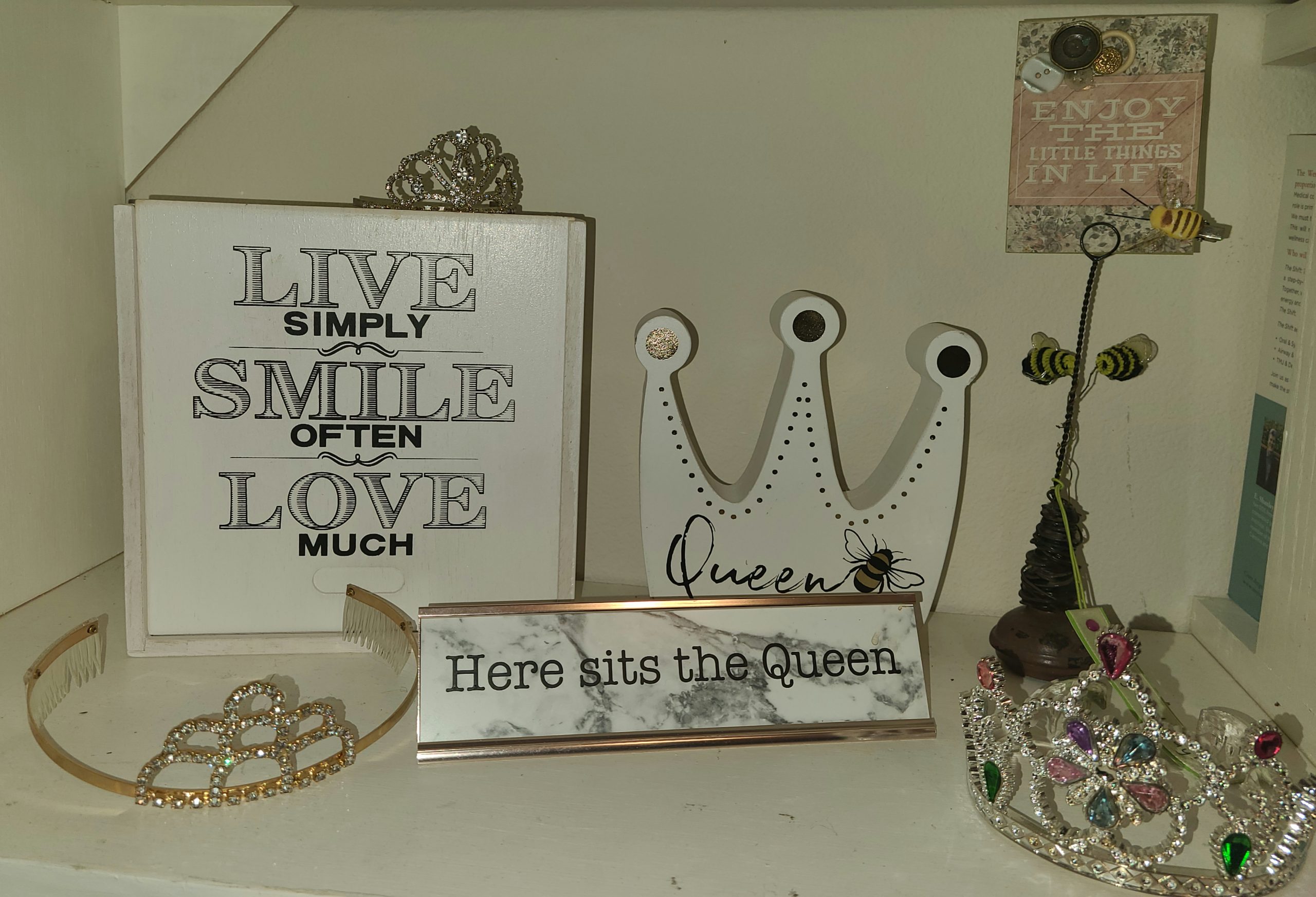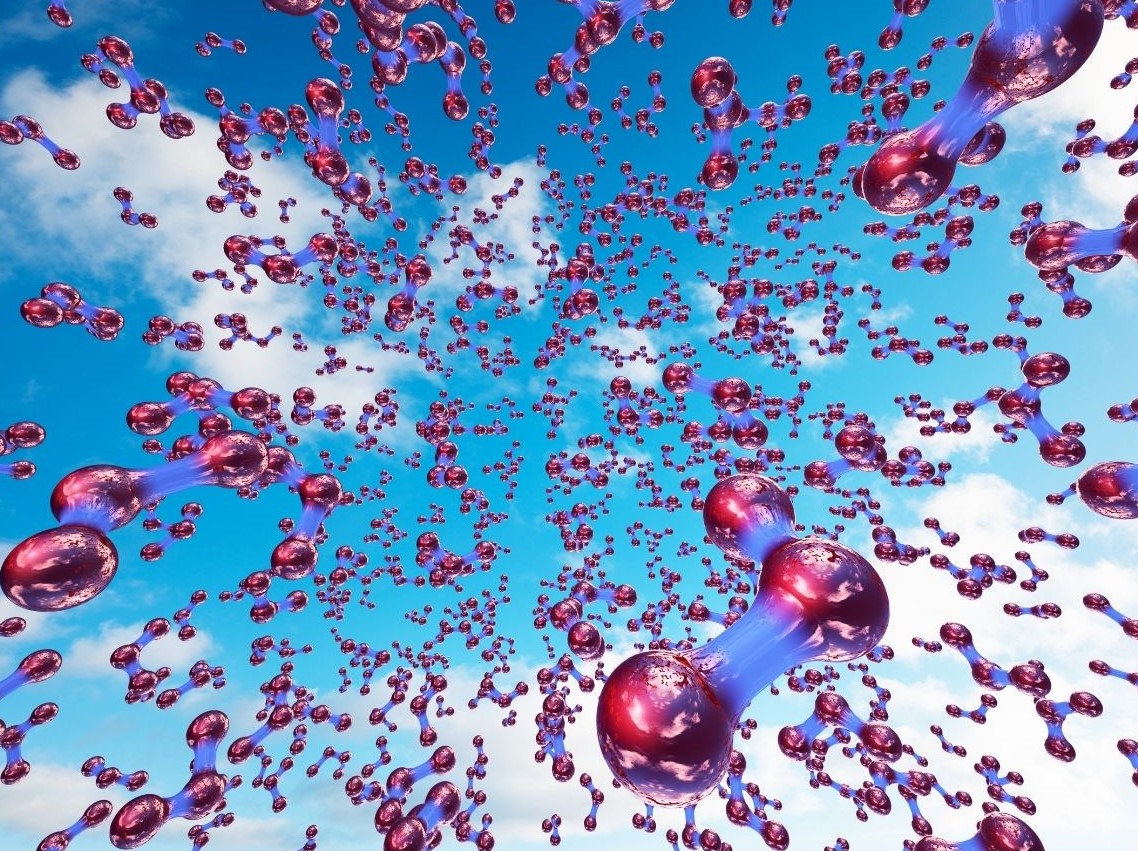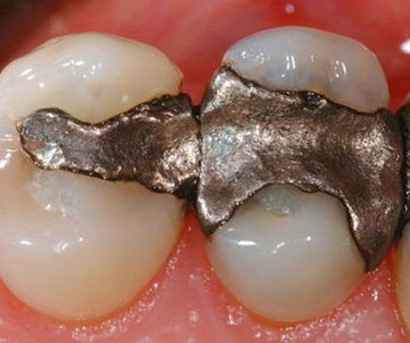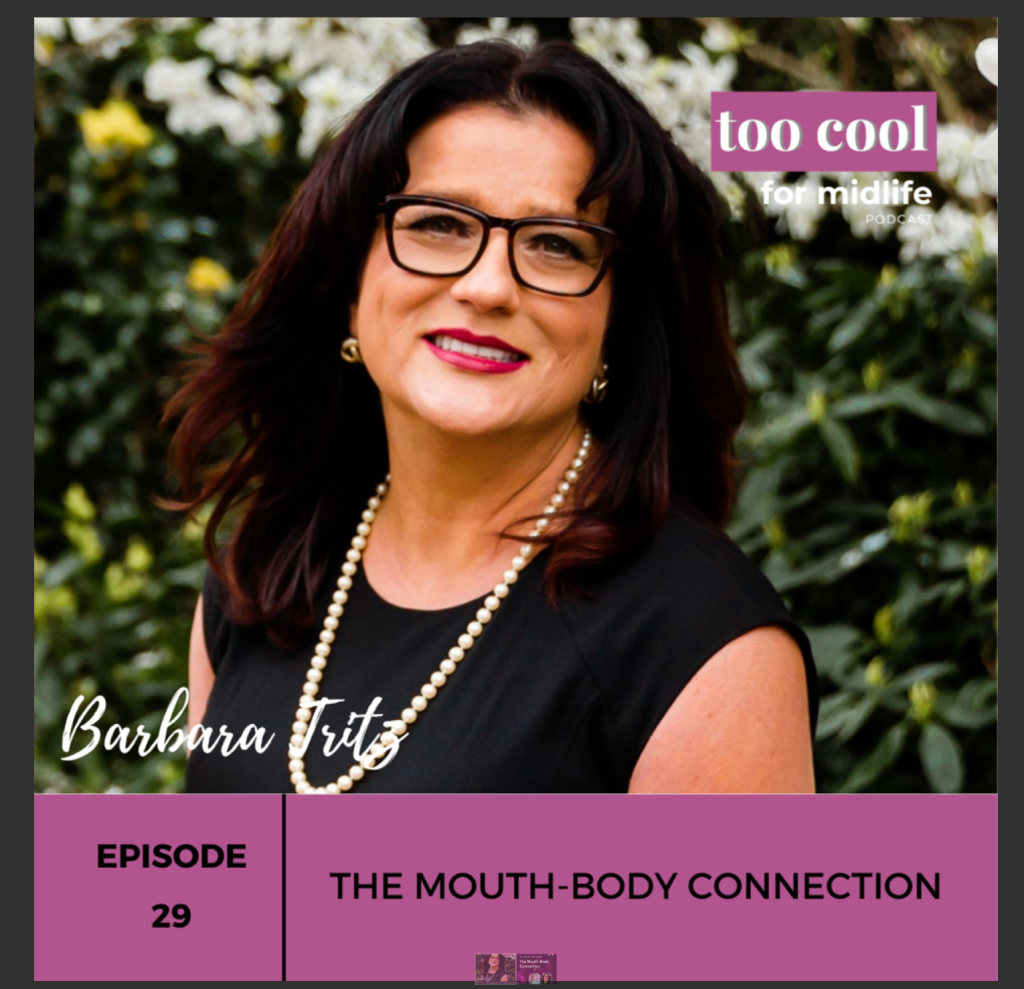Ten years ago this month, I started my dental health blog. The most important part of my patient care is giving my patients information. Appointment times are far too short to scrape tartar, polish teeth, take x-rays or perio probe gums, and get the doctor to do an exam AND do patient education. So, thanks to my lovely daughter and editor, I started writing weekly articles for my patients.
Queen of Dental Hygiene was born.
I love being a dental hygienist. More specifically, I love being a biological dental healthcare healer. How is biological dental healthcare different from traditional hygiene and why did I take this road in my career? In honor of ten years of writing this blog and now unveiling the new and improved website, I thought it time to “go back in time” and explain how and why I took this road. It truly was unconventional.

The Beginning
From the beginning, I went into dental hygiene because I wanted to work in healthcare. The human body is fascinating, and I wanted to “help people” and most importantly, to be a healer. My orthodontist offered me a job while in high school doing filing. He changed my life with his kind invitation to join his staff.
I watched the hygienists in the office and thought- that looks easy, I can do that. HA! Little did I know, this would be the most challenging of all my schooling. Two years and many heartaches later, I then moved on to UNC-CH to get a degree in Dental Auxiliary Teacher Education. While doing my student teaching, I realized very quickly I could not teach what I did not experience firsthand. So, I found a position in a high-end dental practice. I was determined to be “that healer.” Instead, I was little more than the oral janitor and cleaning lady. I pumped patients in and out as fast as I could, throwing their “free” toothbrush at them as I shuttled them to the door.
It was boring. It was thankless, and it was awful. I was hardly a healer. There was no way I wanted to teach this, let alone practice this way for 20 years. I barely made it through one year. I left the profession, put down my scaler, and moved on to graduate school. Anything was better than this.
Luckily, I did dental sales and walked into a dental office that had a phase contrast microscope. I could see the bacteria moving and waving at me. I quickly asked for a job there and luckily, they said yes. I fell in love with my profession. Seeing the pathogens that contribute to dental disease and infection allowed me to become the healer I always dreamed of being.
I stayed there for three years and soaked up as much nonsurgical modulated monitored periodontal therapy as I could. Dr Paul Keyes improved my dental world forever. I then moved to Washington State.

The Dental Hygiene Profession
Dental hygiene, as a profession, is over 100 years old, yet little has changed in how we care for teeth and gums. The instruments and philosophy stayed the same. Our goal was still to scrape tartar off teeth, and “polish” with a rubber cup to remove plaque. In school, we were graded on how effectively we removed tartar. We failed our state board exams if we left a mere seven pieces of tartar in the entire mouth (ask me how I know…). Tartar removal was where we spent all our time and energy. This to me made no sense. We spend 90% of our time on 10% of the problem…
I was taught that if you could only get all the tartar out, and maybe teach the patient to floss- miracles would happen. Tissues would stop bleeding, tooth decay would disappear, and all would be well and healthy.

Unfortunately, for me, that was not happening. Were my patients lazy, unmotivated, or didn’t hear my inspiring floss lectures? Hardly. They continued to have disease, bleeding gums, bone loss, and holes in their teeth, even if they did everything I recommended. All my brilliant suggestions were for naught. Even with using my microscope on every patient, teaching and educating them on the value of electric brushes, water flossers, and the wonders of fluoride, dental disease still did not decrease.
My patients weren’t lazy at all. They were doing their very best. Yet, the infection, bleeding and decay remained. It was me, the operator, that needed to change my information. What I was doing and suggesting had changed little from hygiene school. I prided myself on my patient care and knowledge but even after 20 years in the profession, I was little more than a parrot, repeating the same jargon over and over.
The Journey Begins
I flew to Phoenix for a course at the Academy of Cosmetic Esthetics aptly named the ACE Conference) to learn more about the latest and greatest in treating periodontal disease. The last speaker, Dr. William Domb changed the trajectory of my career. He spoke about something I had never heard of before. He talked about oxygen-ozone therapy and how this gas of super oxygen could heal. I was on the edge of my seat. By Saturday afternoon, most of the other staff folks were long gone to the pool. The room was mostly empty. But, I was paying for it myself, and I was hungry for information. I wanted every last piece of knowledge.
Oxygen-Ozone Therapy
Bill spoke and I was riveted. Super oxygen could kill bacteria, fungi, parasites, and viruses – INSTANTLY. Game changer! All the things I saw on my microscope. Now I had a way to permeate my patients’ microbiome and help them heal. Antibiotics can never penetrate the plaque microbiome. It only kills the free-floating bugs in the bloodstream, and some around the edges of the plaque matrix. It does nothing to the deeper microbial life underneath. The bacteria are so smart. They create a sticky shell covering similar to an igloo that protects them. They live happily underneath this dome under the gumline, eating all the same food you eat, especially those cookies and candies. But oxygen-ozone – BAM, dead. Ten seconds of ozone gas kills them, even within the biofilm.

My dental hygiene approach was changed forever. I just had to get my reluctant dentist on board. It took a year of persistence and education – change is difficult. Hearing something new that goes against entrenched philosophies takes a leap of faith and thoughtful analysis of the science.
Until she was ready to embrace oxygen-ozone therapies, I used ozonated olive oil on every patient and talked up ozone constantly.
Oxygen-ozone therapy can be used in gas form to insufflate the gum pockets. This simple “super oxygen” gas permeates the tissues and the tooth tubules where those nasty buggers live and hide out. Where I could not reach with my tools, gas easily gets. Ozonating water is the next way oxygen-ozone is used. This “super oxygenated water” flushes the infected pockets and teeth to stop those showers of bacteria flooding the body causing bacteremia. Just like treating a wound on your hand to cleanse and disinfect it, ozonated water does the same underneath the gumline. For home care, I use ozone oils. Patients can easily purchase this Vaseline-like gel to use at home to disinfect on a daily basis. I suggest applying with piksters, toothpicks, or soft picks, or dipping their floss into the oil and working the gel in between the teeth. Game changed! Having a product that instantly kills bacteria and other pathogens allowed me to start my healing education and journey to biological healthcare.
Myofunctional Disorders
From Oxygen-Ozone therapy, I next learned about the airway, sleep apnea, snoring, breathing, and facial development. Learning about myofunctional disorders and sleep apnea was another conference where I was on the edge of my seat. It is so exciting for me to learn new things that challenge my brain. (When I leave a conference where my brain “hurts” I know it was a great learning experience.)

Myofunctional Therapy was the next game changer and tool in my toolbox. All dental diseases have their roots in mouth breathing. It is not the only cause but a big contributor, and unless the patient is nasal breathing, the mouth will never heal. Mouth breathing reduces the amount of oxygen in the body and creates hypoxia in the cells. No oxygen – the cells have no energy. Tooth decay and bleeding gums won’t end when there is mouth breathing. Why is this not standard education for every dental hygienist? Why was I just learning about this 30-plus years into my career? (And here, I thought I knew everything…) Again, my reluctant employer was not on board.
The Nudge I Needed
After over 20 years together, my reluctant employer gave me a job review that broke my heart. She wanted me to change, to be a more “traditional” dental hygienist. To stop talking so much, to ignore all that I was learning and instead go back to being the pumice-pushing tooth scraper I had been at my first job. Instead of changing myself, I changed the trajectory of my career.
Thankfully I learned there was such a thing as biological dental health care and that I had already learned many of the pieces that make up this healthcare puzzle ofbiological dentistry. Biological dental care is a philosophy that looks beyond the teeth and gums to the root causes of dental disease as well as oral cancer. I learned that oral diseases were just symptoms of bigger systemic issues within the body. Trying to heal the teeth and gums without addressing the root causes was like spitting into the ocean. No wonder my therapies weren’t working. Even though I had the microscope, ozone, and airway, without the cellular health, nutrition, proper chewing, addressing the chemicals and toxins in processed foods and the environment, the mineral and vitamin deficiencies, iron dysregulation, jaw expansion issues, sleep, more toxins in the mouth such as mercury fillings, breathing, even my beloved fluoride (which is no longer beloved!) were all part and parcel of illness and creating an environment where healing could never occur. Tossing floss at my patients at the end of appointments was never going to solve the problem.

So began my real dental education. My blog, now 10 years old became my schooling. In order to become the healer I had always dreamed of becoming, I had to look beyond the mouth. I started reading. My book list is attached to the blog. I hope you get to read a book or two on my list. I started researching and attending every conference I could find. My goal is to have over 100 hours of continuing education every year. There is so much to learn and our knowledge base is tripling almost hourly. Doing the same thing day after day is no longer an option. We must customize our dental health care to fit our patients’ needs.
While it was initially scary to leave an office I had been in for over 20 years, to be out of my comfort zone and explore new dental worlds, I am so thankful for this push (or rather shove, as the case may be). I would not have done this on my own – I loved my patients and was very happy where I was. For me, often the best things in life happen from trauma and/or unhappiness. It forced me to push myself and grow. It could have been a scary world but actually, it was the very best thing to happen to me.
Blogging and Learning

I love learning and sharing this important information. In writing my blog so many wonderful doors have opened for me. I have been published in several magazines. I have had many opportunities to speak professionally and have met so many wonderful colleagues who have become friends. It has allowed me to be mentored and then stand on the shoulders of those giants. Now I have the opportunity to give back and mentor our next generation of dental hygienists. Learning about biological dental care has opened my eyes to the true causes of dental disease as well as systemic diseases and chronic illnesses. It changes everything I thought I knew.

Dental diseases are just a symptom of deeper problems at the cellular level. All systemic health starts in the mouth. If we only concentrate on tartar removal and plaque biofilm disruption, we miss the bigger systemic issues that created the mess in the mouth. Dental hygienists are so much more than cleaning ladies and oral janitors. We truly are the kings and queens of healthcare.
The Future of BioLogical Dental Healthcare
Dental health must look deeper and change the way we do our work. There will always be dental hygienists who like scaling and polishing, but perhaps we can have a second tier- similar to nursing where we have levels of care from different dental providers. These biological dental therapist specialists could be analyzing blood work, discussing cellular oxygenation, reviewing nutritional analysis, doing salivary diagnostic testing and phase contrast microscopy, and practicing myofunctional therapy on every patient, young and old. We can do better as a profession.
Trailblazing
This Fall, my fellow Biological Dental Healthcare friends, Kathryn Gilliam and Francis Horning and I will be hosting a BioLogical Mini Residency and Retreat. It will be in Seattle and will have a hands-on training portion in my beloved dental office Green City Dental. We will practice and learn on all the biological tools we use. For my fellow dental hygienists and dentists who want to expand their knowledge base and grow exponentially in their profession, please let me know. We will limit the course to 20 indivivuals. Learn about nutrition, microscopy, salivary diagnostics, ozone therapies, energy and so much more.

Join me as I venture into the next ten years of dental-medical learning and sharing. Thank you for being a reader and learner. It has been my greatest achievement and I appreciate your being along for this ride.
Much Love,
Barbara Tritz BRDH, MSB, BSDATE
Blogster, Biological Dental Healthcare Practitioner, Biological Pioneer and Trailblazer





































